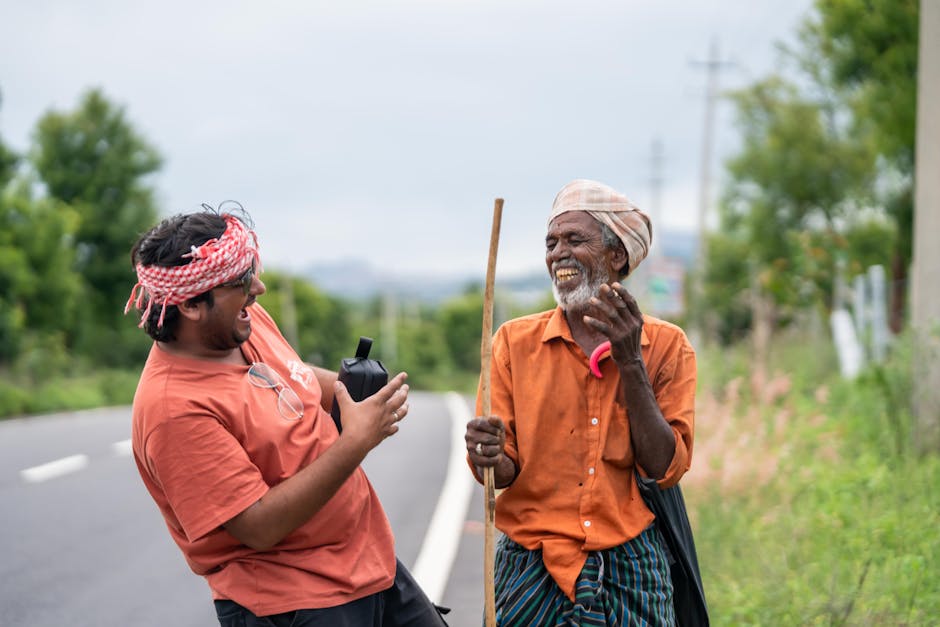
Oral Tradition and Digital Storytelling in Postcolonial Literature
Understanding Oral Tradition in Postcolonial Literature
Oral tradition has long been a vital component of postcolonial literature. It involves the passing down of stories, myths, and histories through generations by word of mouth, preserving cultural identities and collective memories. These traditions serve as foundational elements that shape contemporary narratives and provide a voice for marginalized communities.
The Rise of Digital Storytelling
With advancements in technology, digital storytelling has become an influential modern medium for storytelling. It allows creators to share narratives through multimedia formats, including videos, podcasts, and interactive websites. This evolution offers opportunities to reach broader audiences while maintaining the depth and authenticity rooted in traditional storytelling practices.
Bridging Traditional and Modern Narratives
The intersection of oral tradition and digital storytelling creates a dynamic space where cultural practices flourish in new formats. Postcolonial authors and artists utilize digital platforms to revive oral stories, adapt them into contemporary forms, and challenge colonial narratives. This synergy encourages a richer, more diverse literary landscape that honors indigenous voices and fosters cultural resilience.
Impact on Postcolonial Discourse
By integrating oral traditions with digital storytelling, postcolonial literature amplifies voices that were historically marginalized. It also provides new avenues for cultural resilience and identity formation. As these stories reach global audiences, they foster understanding and solidarity across different cultures, enriching the global dialogue on postcolonial issues.
Conclusion
The fusion of oral tradition and digital storytelling not only preserves cultural heritage but also innovates how stories are told and consumed. In the context of postcolonial literature, this integration plays a crucial role in fostering cultural expression and resistance, ensuring that diverse narratives continue to thrive in the digital age.
